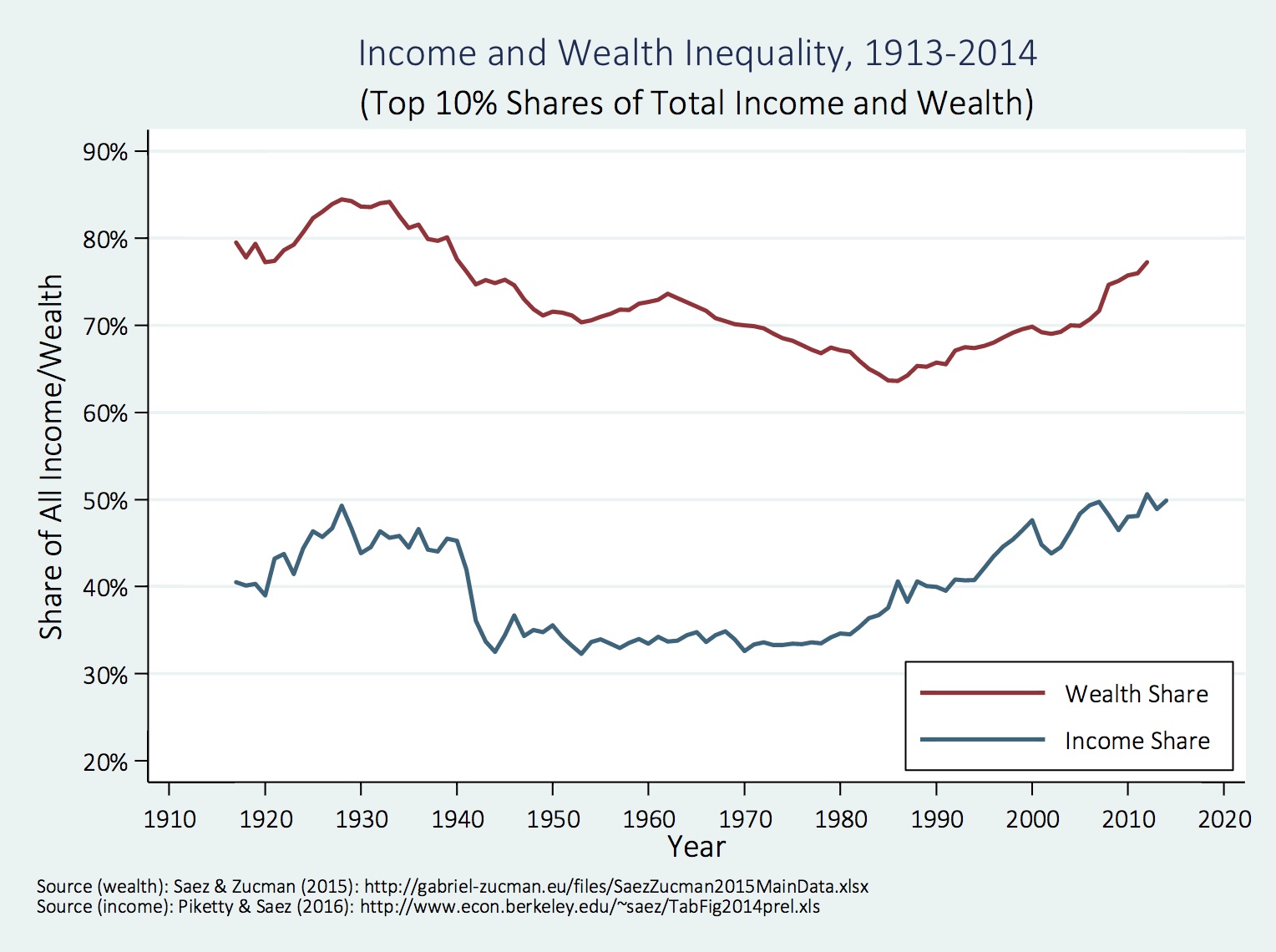
Columnist Thomas B. Edsall over at the NYT offers an incisive article on the diverging fortunes and misfortunes of Americans in the top and bottom fifths of the population as measured by income. We’ve all become accustomed to hearing about the concentration of wealth and power by the 0.1 percent and even the 1 percent. But the separation between the top 10-20 percent and bottom 10-20 percent is no less stark. This separation in income and wealth is now increasingly fracturing the United States along various fault lines: geography, educational attainment, health care access, race and class.
From NYT:
For years now, people have been talking about the insulated world of the top 1 percent of Americans, but the top 20 percent of the income distribution is also steadily separating itself — by geography and by education as well as by income.
This self-segregation of a privileged fifth of the population is changing the American social order and the American political system, creating a self-perpetuating class at the top, which is ever more difficult to break into.
The accompanying chart, taken from “The Continuing Increase in Income Segregation,” a March 2016 paper by Sean F. Reardon, a professor of education at Stanford, and Kendra Bischoff, a professor of sociology at Cornell, demonstrates the accelerating geographic isolation of the well-to-do — the upper middle and upper classes (a pattern of isolation that also applies to the poor, with devastating effect).
In hard numbers, the percentage of families with children living in very affluent neighborhoods more than doubled between 1970 and 2012, from 6.6 percent to 15.7 percent.
At the same time, the percentage of families with children living in traditional middle class neighborhoods with median incomes between 80 and 125 percent of the surrounding metropolitan area fell from 64.7 percent in 1970 to 40.5 percent.
Read the entire article here.
Image: Chart showing income and wealth inequality, 1913?2014, from “The Continuing Increase in Income Segregation”, March 2016. Courtesy: Sean F. Reardon and Kendra Bischoff.
